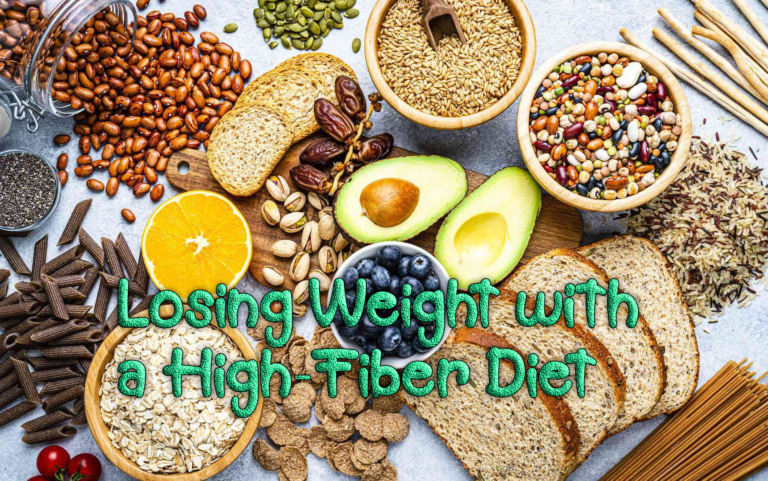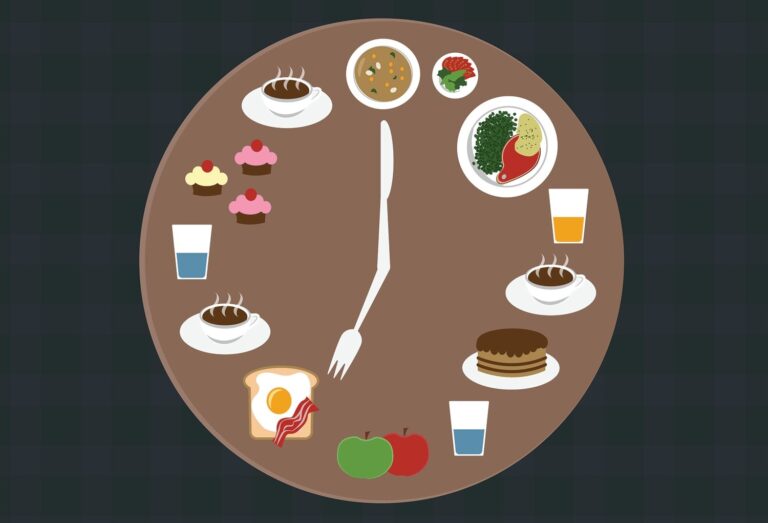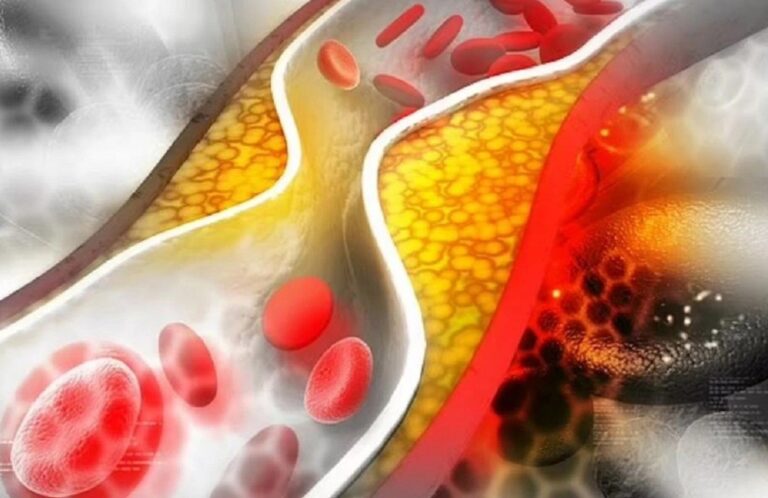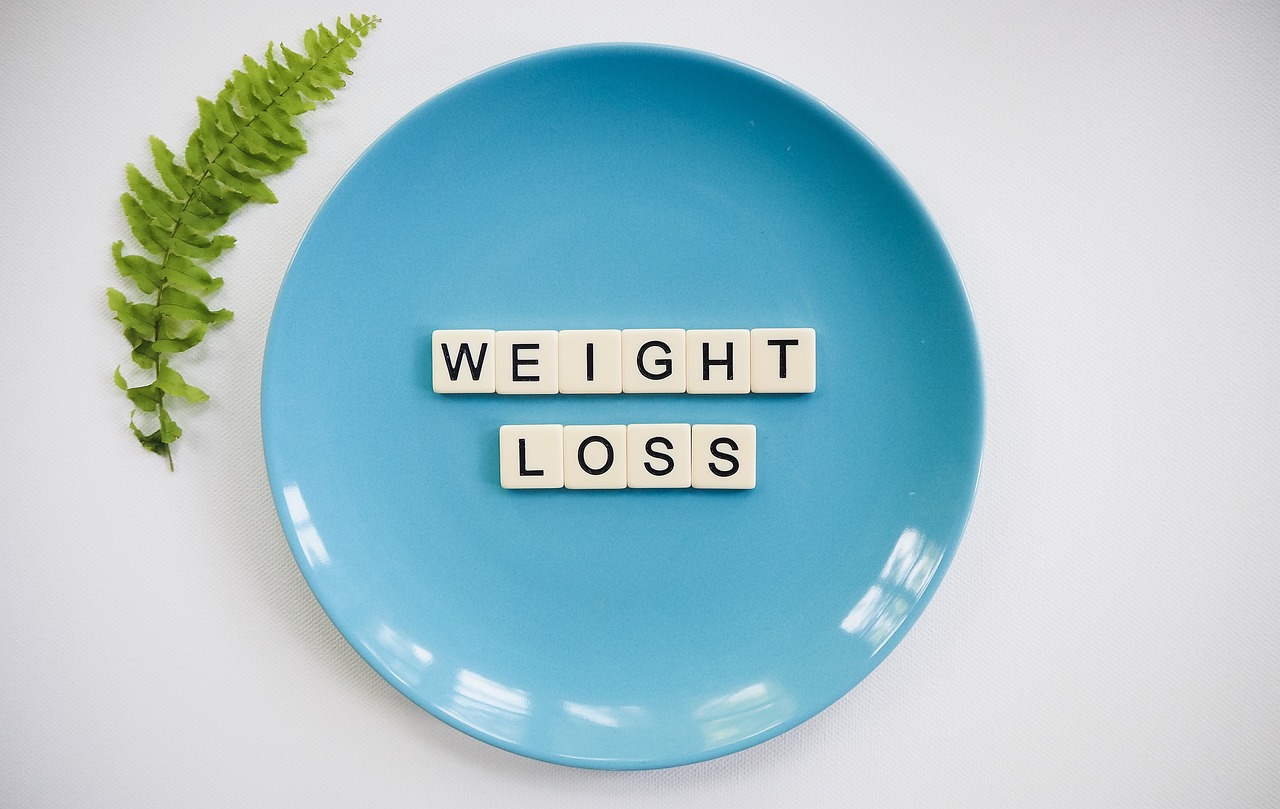Part I: Understanding Sleep and Mental Health
What is Sleep, and Why is it Important?
Sleep is a natural and essential biological process that allows the body and mind to recharge, ensuring optimal physical and mental functioning. On average, adults require 7-9 hours of quality sleep per night for proper health. Sleep deprivation can lead to numerous health problems, including impaired cognitive and emotional stability.
Stages of Sleep
Sleep consists of two primary types: Non-Rapid Eye Movement (NREM) and Rapid Eye Movement (REM) sleep. NREM has three stages that range from light to deep sleep, crucial for physical restoration. REM sleep, on the other hand, is essential for memory consolidation, emotional processing, and creativity.
The Role of Sleep in Restoring the Body and Brain
During sleep, the body repairs tissues, synthesizes proteins, and balances hormones. The brain eliminates toxins, reorganizes neural networks, and processes information gathered during the day. This restorative process supports both physical vitality and mental resilience.
The Connection Between Sleep and Mental Health
Good sleep is a cornerstone of emotional well-being. Poor sleep has been closely linked to heightened anxiety, depression, and irritability. Conversely, adequate sleep enhances emotional stability, stress management, and decision-making skills.
How Sleep Affects Emotions
Sleep regulates the brain’s limbic system, which governs emotions. Insufficient sleep can make individuals more prone to negative emotions and less capable of managing stress.
Insomnia and Psychological Disorders
Chronic insomnia is often associated with conditions like anxiety, depression, and post-traumatic stress disorder (PTSD). Tackling sleep problems can significantly improve mental health outcomes.
Sleep and Learning, Creativity
REM sleep plays a pivotal role in memory retention and creative thinking. It facilitates problem-solving and the integration of new information.
Signs of Sleep Deprivation and Its Impacts
- Physical Impacts:
- Fatigue, muscle pain, and weakened immune response.
- Mental Impacts:
- Difficulty concentrating, mood swings, and increased risk of depression.
- Social Impacts:
- Strained relationships due to irritability or lack of energy.
Part II: Causes of Sleep Disorders

Biological Factors
- Genetics: A family history of sleep disorders can increase risk.
- Age: Sleep patterns change with age, often becoming lighter.
- Gender: Hormonal fluctuations can influence sleep quality.
- Underlying Health Conditions: Chronic illnesses or pain can disrupt sleep.
Psychological Factors
- Stress and Anxiety: Heightened arousal can delay sleep onset.
- Trauma: PTSD often triggers nightmares and fragmented sleep.
Environmental Factors
- Noise and Light: Disturbances in the sleep environment can cause frequent awakenings.
- Temperature and Humidity: Extreme conditions interfere with comfort.
- Poor Bedding: An unsupportive mattress or pillow can disrupt sleep.
Lifestyle Habits
- Stimulants: Excessive caffeine or nicotine consumption disrupts sleep cycles.
- Unhealthy Diet: Late-night heavy meals can lead to discomfort.
- Electronics: Screen exposure before bed suppresses melatonin production.
- Lack of Exercise: Sedentary lifestyles reduce sleep quality.
Part III: Strategies to Improve Sleep Quality

Creating an Ideal Sleep Environment
- Keep the bedroom dark, quiet, and cool.
- Invest in a supportive mattress and pillows.
- Remove electronic devices from the sleeping area.
Pre-Bedtime Habits
- Take a warm bath to relax muscles.
- Read a book or listen to soothing music.
- Practice mindfulness, meditation, or light yoga to ease the mind.
Healthy Diet
- Avoid stimulants like caffeine close to bedtime.
- Stay hydrated but limit fluid intake late in the evening.
- Incorporate sleep-friendly foods such as bananas, almonds, or chamomile tea.
Physical Activity
- Engage in regular exercise, but avoid vigorous workouts within three hours of sleep.
Lifestyle Adjustments
- Stick to a consistent sleep schedule, even on weekends.
- Develop a calming bedtime routine to signal the brain it’s time to rest.
Part IV: Common Sleep Disorders and Their Management
Here are some additional common sleep disorders and their management strategies:
1. Narcolepsy
Causes: A neurological disorder affecting the brain’s ability to regulate sleep-wake cycles.
Treatments:
- Medications: Stimulants to improve daytime alertness and medications to regulate sleep patterns.
- Lifestyle Changes: Regular sleep schedule, avoiding triggers like alcohol and caffeine.
2. Hypersomnia

Causes: Excessive daytime sleepiness, often linked to underlying medical conditions or sleep disorders like sleep apnea.
Treatments:
- Identify and Treat Underlying Conditions: Address sleep apnea, depression, or other medical issues.
- Stimulants: Medications to improve alertness.
- Regular Sleep Schedule: Maintain consistent sleep habits.
3. Parasomnias
Causes: Abnormal behaviors that occur during sleep.
Types:
- Sleepwalking: Walking or performing other activities while asleep.
- Night Terrors: Episodes of intense fear and arousal during sleep.
- Sleep Paralysis: Temporary inability to move or speak upon waking or falling asleep.
Treatments:
- Regular Sleep Schedule: Consistent sleep patterns can reduce the frequency of episodes.
- Avoid Stress and Stimulants: Reduce triggers that can worsen symptoms.
- Medications: In severe cases, medications may be prescribed to manage symptoms.
4. Circadian Rhythm Disorders
Causes: Disruptions in the body’s internal clock.
Types:
- Delayed Sleep Phase Syndrome (DSPS): Difficulty falling asleep at night and waking up late.
- Advanced Sleep Phase Syndrome (ASPS): Early sleep onset and early awakening.
- Non-24-Hour Sleep-Wake Type: A rare disorder where the sleep-wake cycle becomes desynchronized from the 24-hour day.
Treatments:
- Chronotherapy: Gradually shifting sleep times to align with the desired schedule.
- Light Therapy: Exposure to bright light can help regulate the body’s internal clock.
- Medications: In some cases, medications may be used to adjust sleep patterns.
General Tips for Better Sleep:
- Establish a Regular Sleep Schedule: Go to bed and wake up at the same time each day, even on weekends.
- Create a Relaxing Bedtime Routine: 1 Engage in calming activities like reading or taking a warm bath before bed. 2
Part V: Seeking Professional Help
When to Consult a Doctor
If poor sleep persists despite lifestyle changes, seek professional advice. Warning signs include chronic fatigue, prolonged mood disturbances, or difficulty functioning.
Specialists Who Can Help
- Neurologists: For neurological causes of sleep disorders.
- Psychologists: For managing stress, anxiety, or trauma-related sleep issues.
Advanced Therapies
- Light Therapy: Regulates the body’s internal clock.
- Neurostimulation: Improves brainwave activity for better sleep.
By prioritizing and addressing sleep, individuals can unlock a healthier and more emotionally resilient life. The road to better sleep requires dedication, but the rewards—enhanced physical health, emotional stability, and enriched relationships—are invaluable.

























